|
We’ve built an entire economy, not just in the United States but the entire Western civilization, on healthcare. For thousands of years, real control over populations has been around their food. Today, with billions of souls on the planet, controlling food has become a massive business and a means of ultimate political control. Between 1982 and 2000, something changed in our environment, overwhelming the immune system of the population. Diseases in different organ systems started going epidemic simultaneously, challenging the notion of a thousand different diseases.
In the late 1800s, we changed the way we farmed, leading to a disrespect for crop rotation and soil health. This disrespect for soil health resulted in the Dust Bowl of the 1920s and 30s, pushing us to outsource our food production and rely on imported food. After World War II, with a surplus of petroleum, we started producing chemical-based fertilizers, leading to the Green Revolution. While plants turned green due to nitrogen and phosphorus, they lacked essential nutrients and medicine. This deficiency weakened plants, making them susceptible to diseases and pests. The chemical industry introduced pesticides and herbicides (including #Glyphosate), creating a co-dependent relationship between farmers and chemical solutions. Similarly, in healthcare, we’ve become dependent on drugs to manage symptoms, creating a cycle of side effects and more medications. The epidemic rise in diseases like autism, Alzheimer’s, Parkinson’s, and autoimmune disorders signals a deeper problem, challenging our understanding of the root cause of diseases. It’s time to reconsider our approach to health, starting with understanding the importance of soil health and nutrition. Just as respecting soil is crucial for healthy crops, prioritizing our body’s nutritional needs is fundamental for overall well-being. Let’s shift our focus from symptom management to addressing the root cause, promoting a holistic approach to health. Zach Bush, MD is triple board-certified physician specializing in internal medicine, endocrinology and hospice care. He is the founder of Seraphic Group, an organization devoted to developing root-cause solutions for human and ecological health in the sectors of big farming, big pharma, and Western Medicine at large. And he is also the founder of Farmers Footprint https://farmersfootprint.us/, a non-profit coalition of farmers, educators, doctors, scientists, and business leaders aiming to expose the deleterious human and environmental impacts of chemical farming and pesticide reliance - while simultaneously offering a path forward through regenerative agricultural practices.
1 Comment
Research on omega–3 fatty acids has expanded enormously over the past 10 years. Beginning with the mid 1970s, most of the research focused on the role of omega–3fatty acids in the secondary prevention of cardiovascular disease. Epidemiological observations, animal studies, clinical intervention studies, and studies at the molecular level firmly established the importance of omega–3 fatty acids, in the prevention and management of cardiovascular disease. Furthermore, studies on the mechanisms and the need to balance the omega–6 to the omega–3 ratio for homeostasis and normal development have been carried out at the molecular level and in transgenic animals using lipidomics and informatics. It is now accepted that docosahexaenoic acid (DHA) and arachidonic acid (AA) are essential for brain development during pregnancy, lactation and throughout the life cycle. Recently, studies on brain and retinal function as well as mental health have dominated the field. That DHA can affect brain function and behavior is no longer controversial. The studies on age-related macular degeneration (AMD) given supplemental DHA have revealed significant interactions between DHA and genetic variants. In animal experiments, deficiencies in DHA show impairments in cognitive development correctable by its repletion. Furthermore, the consumption of DHA or fish oil by humans slows cognitive decline in the aged and in subjects with early Alzheimer’s disease (AD) and promotes mental development in infants. Over 60 countries worldwide have supplemented infant formula with DHA and AA, yet the Food and Nutrition Board of the Institute of Medicine has not determined the nutritional requirement of DHA.
There have been a number of volumes in the series of the World Review of Nutrition and Dietetics (WRND) on various aspects of omega–6 and omega–3 essential fatty acids (EFA) beginning with Volume 66: Health Effects of Omega–3 Polyunsaturated Fatty Acids in Sea foods, published in 1991, which truly established the field. It was followed by Volume 75: Fatty Acids and Lipids: Biological Aspects, published in 1994. Volume 83: The Return of Omega-3 Fatty Acids into the Food Supply I. Land-Based Animal Food Products and Their Health Effects, published in 1998. Volume 88: Fatty Acids and Lipids – New Findings, published in 2001. Volume 92: Omega–6/Omega–3 Essential Fatty Acid Ratio: The Scientific Evidence, published in 2003. The present volume 99: Omega–3 Fatty Acids, the Brain and Retina is the sixth in the series, published in 2008. The volume begins with the paper by Artemis P. Simopoulos on Omega–6/Omega–3Essential Fatty Acids: Biological Effects’ which sets the stage for what follows. Dr. Simopoulos emphasizes the changes that have taken place in the food supply that led to high intake of omega–6 and low intake of omega–3 fatty acids, particularly the last 50 years, and the biological effects of the resulting imbalanced omega–6/omega–3 ratio. Major advances have taken place in the concepts of inflammation and proresolution of new lipid mediators, lipoxins, resolvins and protectins discovered by using new approaches mainly lipidomics and informatics. Finally the paper provides an overview of mental illness and eye disease that are presented in detail in the papers that follow. Despite food manufacturers claiming that refined vegetable oils were healthy, Americans experienced an up-rise in heart disease during the early 20th century. Like many new inventions, few questions were initially posited. Unfortunately, an alternate nutrient took the blame due to the research of a single scientist. In 1951, American physiologist and professor Ancel Keys went to Europe in search of the cause of cardiovascular disease. In his quest, he went to observe the eating habits of individuals living Naples, Italy due to reports of a low prevalence of heart disease. During this time, post-war conditions resulted in finite and unusual circumstances in regards to agriculture and infrastructure. Therefore what Keys perceived as a cultural tradition was dubbed the "Mediterranean diet". Keys observed the residents in Naples consumed primarily pasta and plain pizza, with vegetables, olive oil, cheese, fruit for dessert, a moderate amount of wine, and very little meat (except among individuals belonging to a higher socioeconomic status). Through an informal study measuring cholesterol serum levels among Rotary club members (those who could not afford meat, but could afford cheese) conducted by Keys's wife, whom at the time was a medical technologist, Keys deduced that avoiding meat resulted in a lower incidence of heart attacks. Ancel Keys continued on his biased search for proof that a diet high in saturated fat is correlated with a higher risk of cardiovascular disease. He eventually compiled data from six more countries with high rates of heart disease and diets typically high in saturated fat. At first glance, Keys's research seemed logical and compelling. The evidence was based on the premise that individuals in America, who consumed high amounts of saturated fat, died from heart disease at a higher rate than individuals in Japan, who consumed low amounts of saturated fat.
Unfortunately, Keys had gained the interest of people in positions of power. Upon President Eisenhower's heart attack in 1955, Keys proposed his theory to the president's primary care physician, Paul Dudley White. Days following, White began to advise to the public to reduce the consumption of saturated fat and cholesterol in an effort to prevent cardiovascular disease. Through his connections and influence, Keys soon joined the nutrition committee of the American Heart Association (AHA) which, based on Keys's research, released a report in 1961 that advised patients with a high risk of cardiovascular disease to reduce their consumption of saturated fat. (Interestingly enough, the AHA began its rise to prominence in 1948, the same year Proctor & Gamble donated over $1.7 million to the organization - resulting in the AHA indebted to Crisco.) In 1961, Time magazine placed Ancel Keys on the front cover touting him as "the twenthiest century's most influential nutrition expert." By 1970, Keys published the Seven Countries Study, which detailed his original research - this study has now been cited in over a million other scientific publications. While Keys associative observations between saturated fat and cardiovascular disease never proved causation, he had won the battle of public opinion. With the help of Ancel Keys, the American medical community and mainstream media has advised consumers to stop eating the animal products that have been consumed for centuries, replacing them with bread, pasta, margarine, low-fat dairy, and vegetable oil. This was the dietary shift that was codified by the United States government in the late 1970s. References Central Committee for Medical And Community Program of the American Heart Association. (1961). Dietary Fat and Its Relation to Heart Attacks and Strokes. Circulation [online] 23, pp.133-36. Available at: https://circ.ahajournals.org/content/circulationaha/23/1/133.full.pdf [Accessed 26 Jan. 2019]
Keys, A. (1953). Atherosclerosis: A Problem in Newer Public Health. Journal of Mt. Sinai Hospital, [online] 20(2), pp.118-39. Keys, A. (1970). Coronary Heart Disease in Seven Countries. Circulation. 41 (1), pp.1186-95. Keys, A. (1995). Mediterranean Diet and Public Health: Personal Reflections. American Journal of Clinical Nutrition, [online] 61 (6), pp.1321S-1323S. Available at: https://dx.doi.org/10.1093/ajcn/61.6.1321s [Accessed 26 Jan. 2019] Marvin, H. (1964). The 40 Year War on Heart Disease. New York: American Heart Association. Mercola, J. (2017). Fat For Fuel. Carlsbad, California: Hay House. Teichholz, N. (2014). The Big Fat Surprise. New York: Simon & Schuster, pp.32-33.
Physiologically, fasting:
The only other strategy that has so many research-baked benefits for longevity is long-term calorie restriction, which requires a significant long-term reduction in the amount of food you eat so that you are essentially living on the brink of starvation. Compliance with calorie-restricted diets is abysmal. Fortunately, there are many ways to fast, and there is likely a form of fasting out there that you will be able to tolerate and incorporate into your life. It's important for you to remember that fasting can provide nearly identical benefits without the pain, suffering, and compliance challenges of calorie restriction. Instead of regulating how much food you eat, as with long-term calorie restriction, you only need to modify when you eat - and of course wisely choose the foods you do eat.Simply cycling between periods of eating and fasting on a daily, weekly, or monthly schedule has been shown to provide many of the same benefits as long-term calorie restriction. Choosing when to eat and when to fast in this way is known as "intermittent fasting." "Don't eat less - eat less often." |
| The decline of honey bees and other pollinators have been at the forefront of recent scientific publications and popular press for quite some time. A growing body of evidence suggests that no single stressor alone is responsible for these observed declines; but rather, the phenomena is probably a combination of various factors acting in synchrony, to have a negative impact on pollinator populations. |
A recent large-scale, real-world field study, published in the journal Science, evaluating neonicotinoid pesticides has been added to a growing body of evidence suggesting that these agricultural chemicals are indeed harming bee populations to a unprecedented level.
Researchers investigated three different bee species across 33 sites in the United
Kingdom, Germany and Hungary, and found that exposure to neonicotinoid-treated crops is associated with a reduced capacity of bee species to establish new populations in the year following exposure.
For honey bees, the researchers found both negative (Hungary and United Kingdom) and positive (Germany) effects during crop flowering. In Hungary, negative effects on honey bees persisted over winter and resulted in smaller colonies in the following spring (24% declines). In wild bees (Bombus terrestris and Osmia bicornis), reproduction was negatively correlated with neonicotinoid residues (Woodcock et al., 2017).
Bayer and Syngenta, makers of neonicotinoid pesticides, promptly disputed the researchers’ conclusions—even though they partially funded the study (Gardner, 2017).
- Small bodied species show greater sensitivity to neonicotinoids.
- Dosed bees were significantly less likely to return to the nest than control bees.
- Bees in the two neonicotinoid treatments grew significantly more slowly and had an 85% reduction in the number of new queens produced when compared to control colonies.
- Concentration of thiamethoxam (a neonicotinoid) in pollen significantly negatively predicted both colony weight gain and production of new queens.
- Field-realistic doses of neonicotinoids (<3.5 ng/g) resulted in sublethal impacts on their ability to successfully build nests and provision offspring.
- Field studies using bumblebees demonstrate that exposure to neonicotinoid-treated flowering crops can have significant impacts on colony growth and reproductive output depending on the levels exposed to.
Bees May Be Exposed to 32 Pesticides When Collecting Pollen
| The researchers observed that pollen collected by honey bees was consistently contaminated with pesticides throughout the 16-week observation period. Pesticide residue analyses of bee-collected pollen revealed contamination by up to 32 different pesticides spanning 9 chemical classes (Table 1 - Click to enlarge). |
It is evident that bees and other non-target organisms inhabiting farmland are routinely exposed to far more complex cocktails of pesticides than any experimental protocol has yet attempted to examine. Since researchers typically study the effects of only one chemical at a time, a major challenge for scientists and regulators is to attempt to understand how chronic exposure to complex mixtures of neonicotinoids and other chemicals affects wildlife, including humans.
Bees are Crucial for Pollinating Crops
Implications of These Findings - We Too Are Full of Pesticides
A Solution - Vote With Your Dollar
It is up to everyone of us to source foods that we know how they are grown and produced - easier said than done when shopping at a supermarket. Try shopping at your local farmer's markets, where you can meet the farmers in person and know how they are growing the food you purchase. You should know what is in your food. Collectively, we have the power to choose what we as consumers want.
A Better Solution - Grow Your Own Food
As for pesticides in your body, your best bet for minimizing health risks from herbicide and pesticide exposure — including both the active and "inactive" ingredients — is to avoid them in the first place by eating organic as much as possible.
References
Kleijn, D., Winfree, R., Bartomeus, I., Carvalheiro, L., Henry, M., & Isaacs, R. et al. (2015). Delivery of crop pollination services is an insufficient argument for wild pollinator conservation. Nature Communications, 6, 7414. http://dx.doi.org/10.1038/ncomms8414
Long, E., & Krupke, C. (2016). Non-cultivated plants present a season-long route of pesticide exposure for honey bees. Nature Communications, 7, 11629. http://dx.doi.org/10.1038/ncomms11629
UCSF Presentation Reveals Glyphosate Contamination in People Across America. (2017). Organicconsumers.org. Retrieved 1 August 2017, from https://www.organicconsumers.org/news/ucsf-presentation-reveals-glyphosate-contamination-people-across-america
Woodcock, B., Bullock, J., Shore, R., Heard, M., Pereira, M., & Redhead, J. et al. (2017). Country-specific effects of neonicotinoid pesticides on honey bees and wild bees. Science, 356(6345), 1393-1395. http://dx.doi.org/10.1126/science.aaa1190
Introduction
Based on research that found a relationship between exposure to fluoride and lowered IQ, which accounted for various confounding variables, a daily dose should not exceed 0.005 mg of fluoride per day, or 0.0010 mg of fluoride per kilogram of bodyweight per day, for children aged 8-13 years.
Several groups of researchers indicate that fluoride is a developmental neurotoxicant in humans. In addition, a separate group of researchers observed a significant association between the prevalence of artificial water fluoridation and and the prevalence of attention deficit-hyperactivity disorder (ADHD) in the United States.
Another group of researchers observed a significant inverse relationship between both urinary and serum fluoride levels and IQ among children. The researchers observed a statistically significant IQ difference of 4.3 IQ points between the high (n=106) and control (n=110) urinary fluoride groups. Similarly, another group of researchers observed that both serum fluoride, and urine fluoride were significantly related to water fluoride levels, and both were also significantly related to lowered IQ. The high urinary fluoride level group, the IQ point difference, compared to the control group, was 2.42 points per milligram of fluoride per liter.
Regardless of the mechanism(s), the researchers observed that children who lived in areas with high fluoride exposure had lower IQ scores, compared to those who lived in low-exposure areas.
| Choi et al., evaluated 10 studies that had an average level of less than 3 milligrams of fluoride per liter of water, which is lower than the drinking water standard in the United States, and observed that the average IQ loss among 8 of the studies was 7.4 points. The quality of this meta-analysis prompted further research, using the same data, to estimate a Lowest Observed Adverse Effect Level (LOAEL) for IQ loss, as the Environmental Protection Agency (EPA) is in the process of developing a health-based drinking water standard for fluoride. |
Methods
- the traditional Lowest Observed Adverse Effect Level/No Observed Adverse Effect Level (LOAEL/NOAEL);
- and the benchmark dose (BMD) methods.
Results
The current average mean fluoride exposures for US children range from about 0.80 mg F/day to about 1.65 mg F/day. These doses are 17 to 35 times higher than the higher estimated reference dose of 0.047 mg F/day. These results imply that at present the risk of IQ loss among children in the US is high.
Fluoride may be similar to lead and mercury in having no threshold below which exposures may be considered safe.
In a population of 320 million, the population level impact of an average 5 IQ point loss, beyond purely dollars of income loss, is a reduction of about 4 million people with IQ>130 and an increase of almost as many people with IQ<70.
References
Choi, A., Sun, G., Zhang, Y., & Grandjean, P. (2012). Developmental Fluoride Neurotoxicity: A Systematic Review and Meta-Analysis. Environmental Health Perspectives, 120(10), 1362-1368. http://dx.doi.org/10.1289/ehp.1104912
Malin, A., & Till, C. (2015). Exposure to fluoridated water and attention deficit hyperactivity disorder prevalence among children and adolescents in the United States: an ecological association. Environmental Health, 14(1). http://dx.doi.org/10.1186/s12940-015-0003-1
Wang, S., Wang, Z., Cheng, X., Li, J., Sang, Z., & Zhang, X. et al. (2007). Arsenic and Fluoride Exposure in Drinking Water: Children’s IQ and Growth in Shanyin County, Shanxi Province, China. Environmental Health Perspectives, 115(4), 643-647. http://dx.doi.org/10.1289/ehp.9270
Zhang, S., Zhang, X., Liu, H., Qu, W., Guan, Z., & Zeng, Q. et al. (2015). Modifying Effect of COMT Gene Polymorphism and a Predictive Role for Proteomics Analysis in Children’s Intelligence in Endemic Fluorosis Area in Tianjin, China. Toxicological Sciences, 144(2), 238-245. http://dx.doi.org/10.1093/toxsci/kfu311
In the video clip above, Patrick Moore, a founder of environmental consultancy company Greenspirit Strategies Ltd., was interviewed by French investigative journalist Paul Moreira as part of a six-month-long investigation for the documentary "Bientôt dans vos assiettes" (Soon on your plate). The documentary discusses the damage done in Argentina over the past decade by the increasing use of pesticides on GMO soy farms, noting the prevalence of illnesses, including cancer, among those living in the vicinity of the Roundup Ready crop. As seen in the interview, in which Moore was asked to speak about efficacy of golden rice, and eventually, on the safety of the pesticide, glyphosate, Moore claims that one "can drink a whole quart of it and it won't hurt you."
Moore: Do not believe that glyphosate in Argentina is causing increases in cancer. You can drink a whole quart of it and it won't hurt you.
Interviewer: You want to drink some? We have some here.
Moore: I'd be happy to actually... Not, not really, but...
Interviewer: Not really?
Moore: I know it wouldn't hurt me.
Interviewer: If you say so, I have some glyphosate.
Moore: No, I'm not stupid.
|
Item
|
Source
|
Average
chicken DNA (%) |
|
A&W
|
Chicken Grill Deluxe
|
89.4
|
|
Wendy's
|
Grilled Chicken Sandwich
|
88.5
|
|
Tim Horton
|
Chipotle Chicken Grilled Wrap
|
86.5
|
|
McDonald's
|
Country Chicken - Grilled
|
84.9
|
|
Subway
|
Oven Roasted Chicken Sandwich
|
53.6
|
|
Subway
|
Sweet Onion Chicken Teriyaki (chicken strips)
|
42.8
|
Subway Ingredients List:
CHICKEN PATTY: Chicken breast meat, water, seasoning (sea salt, sugar, chicken stock, salt, flavours, canola oil. onion powder, garlic powder, spice, chicken fat, honey), soy protein, sodium phosphates.
CHICKEN STRIPS: chicken breasts (Boneless, skinless), water, soy protein concentrate, modified potato starch, sodium phosphate, potassium chloride, salt, maltodextrin, yeast extract, flavours, spices, dextrose, onion powder, carmelized sugar, paprika, chicken broth, vinegar solids, paprika extract.
CHICKEN STRIPS (teriyaki glazed): Chicken breast strips (see above), teriyaki (water, corn syrup, soy sauce (water, wheat, soybean, salt, sodium benzoate [a preservative]), rice vinegar, modified corn starch, sugar, tomato paste, ginger, vinegar, garlic, sesame oil, sesame seed, salt, dehydrated green onion, dehydrated red bell pepper, natural flavours, autolyzed yeast extract, dehydrated garlic, sodium benzoate (a preservative), spices, citric acid, soybean oil, dry yeast (torula), dehydrated onion.
Subway defended CBC's claim by sending samples of the chicken to two independent labs (Maxxam Analytics and Elisa Technologies, Inc.), in which the labs found less than 1 percent soy protein in the tested samples. Jeff Lanteigne, vice-president of product development and quality assurance at Grand River Foods, the Cambridge, Ont.-based supplier of Subway's chicken product states, "As reported to CBC Marketplace before the segment aired, Subway chicken strips and oven-roasted chicken are made from 100 per cent white meat and contain 1 per cent or less of soy protein. We use this functional ingredient to help stabilize the texture and moisture,"
Who do you trust?
Here's A Solution
References
DNA Report Chicken by Peterborough Examiner on Scribd
B736641V2-R2017-03-01_15-08-36_R006 by Peterborough Examiner on Scribd
Chicken SOY Results 2017 Redacted by Peterborough Examiner on Scribd
Fast food wrappers and containers, made up of grease-resistance packaging, contain per- and polyfluoroalkyl substances (PFASs), which are synthetic compounds with fluorine present. Some of these PFASs have been associated with cancer, developmental toxicity, immunotoxicity, and other health effects.
Here's A Solution
References
Schaider, L. A., Balan, S. A., Blum, A., Andrews, D. Q., Strynar, M. J., Dickinson, M. E., … Peaslee, G. F. (2017). Fluorinated compounds in U.S. Fast food packaging. Environmental Science & Technology Letters. doi:10.1021/acs.estlett.6b00435
Newspeak: ambiguous euphemistic language used chiefly in political propaganda; designed to diminish range of thought
The new gene edited crop technique has not been used to introduce foreign genes into plants, so far, as compared to the older methods of GE like CRISPR. This process of mixing species is called transgenesis. Catlyxt, a subsidiary of Cellectis experimenting with gene-edited crops, describes the technique like moving the cursor in a word processor to a specific location and making small changes to the text. This loophole offers an opportunity to the FDA to permit companies to roll out the new techniques. So far, acres of gene-edited crops have already been grown in the United States, without restriction or regulation.
Primarily a biopharmaceutical company, Collectis creates gene-edited crops as a side business, after collaborating with behemoth companies like Monsanto and DuPont.
Gene editing is not being limited to plants. Recombinetics, a Minnesota company, is editing the genes of farm animals to create cattle without horns.
The organic food standards have been recommended to exclude gene-edited crops even if grown without pesticides by a USDA advisory board.
Reference
Former Iowa Governor Tom Vilsack is now the Secretary of Agriculture. Vilsack has been a strong supporter of genetically engineered crops, including bio-pharmaceutical corn. Vilsack is an ardent supporter of corn and soy-based biofuels, which use as much or more fossil fuel energy to produce them as they generate, while driving up world food prices and literally starving the poor. Overall, Vilsack’s record is one of aiding and abetting Concentrated Animal Feeding Operations (CAFOs) or factory farms and promoting animal cloning. Vilsack is widely regarded as a shill for biotech giants like Monsanto.
Michael Taylor, a former vice president of public policy and chief lobbyist at Monsanto Company, is the new senior advisor for the U.S. Food and Drug Administration (FDA). Michael Taylor is the person who is the leading spokesperson on the dangers of GM foods. Taylor also oversaw the policy regarding Monsanto’s genetically engineered bovine growth hormone (rbGH/rbST). This growth hormone, which has been banned in Canada, Europe, Japan, Australia and New Zealand because of cancer risks and other health concerns, was approved in the United States while Taylor was in charge at the FDA.
Pennsylvania Agriculture Secretary Dennis Wolff may be appointed the new Under-Secretary of Agriculture for Food Safety. Not only did Dennis Wolff attempt to ban rbGH-free labels, but OCA points out that he has “also worked to deprive communities the right to ban toxic sewage sludge, factory farms, and GMOs.”
Archives
May 2024
April 2024
March 2024
February 2024
January 2024
December 2023
September 2023
August 2023
June 2023
October 2022
July 2022
February 2022
January 2022
December 2021
November 2021
October 2021
August 2021
July 2021
June 2021
March 2021
February 2021
January 2021
December 2020
November 2020
September 2020
August 2020
March 2020
December 2019
November 2019
October 2019
September 2019
August 2019
July 2019
May 2019
April 2019
March 2019
February 2019
January 2019
December 2018
November 2018
October 2018
September 2018
August 2018
July 2018
June 2018
April 2018
March 2018
February 2018
January 2018
December 2017
November 2017
October 2017
September 2017
August 2017
July 2017
June 2017
May 2017
April 2017
March 2017
February 2017
January 2017
Categories
All
5G
Adductors
Anxiety
Autism
Ayurveda
Big Pharma
Body
Breathing
Cancer
Cannabis
Carbohydrates
Cardiovascular Disease
Children
Chronic Disease
Cognition
Consciousness
Coronavirus
Covid
Cryotherapy
Depression
Deuterium
Diet
Dietary Guidelines
EMFs
Emotions
Endocrine Disruptors
Environment
Exercise
Farming
Fasting
Fats
Fluoride
Food
Food Like Product
Food-like Product
Forest
Gardening
Genetics
Glyphosate
GMOs
Hamstrings
Healing
Health
Herbalism
Hormones
HRV
Immunity
Infertility
Laughter
Lockdowns
Loneliness
Longevity
Masks
Meditation
Metabolism
Microbiome
Microwave Radiation
Mind
Mortality
Musculoskeletal System
Nature
Neuroplasticity
Nutrition
Omega 3
Omega-3
Organic
Pelvis/Thigh
Pesticides
Physical Therapy
Placebo
Pollution
Positive
Pregnancy
Prevention
Processed Foods
Psi
Quadriceps
Research
Retirement
Salt
Sleep
Spine/Thorax
Spirit
Stress
Sugar
Technology
Touch Screens
Toxicity
Vaccines
Well Being
Well-Being



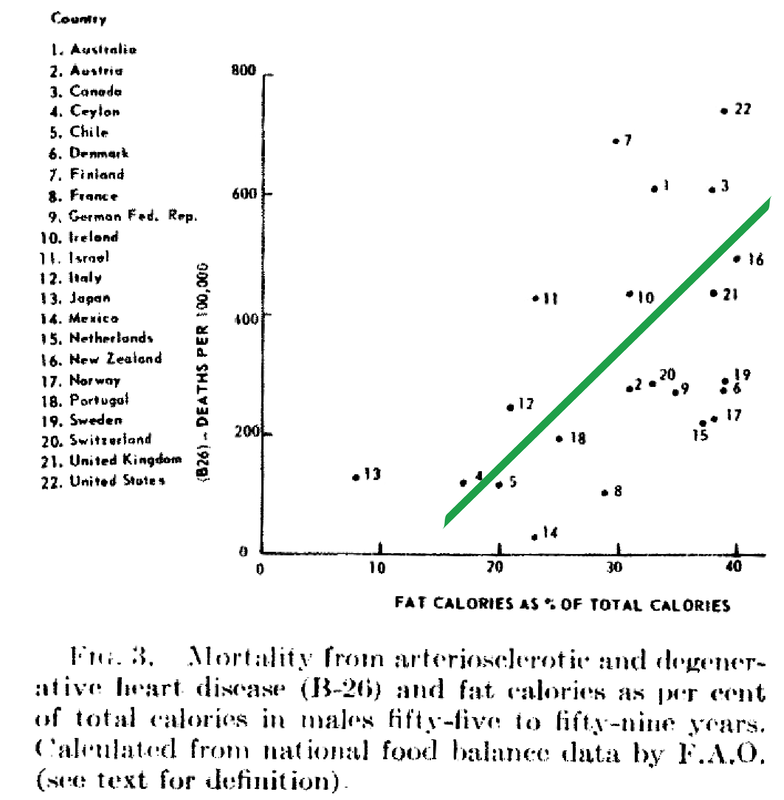

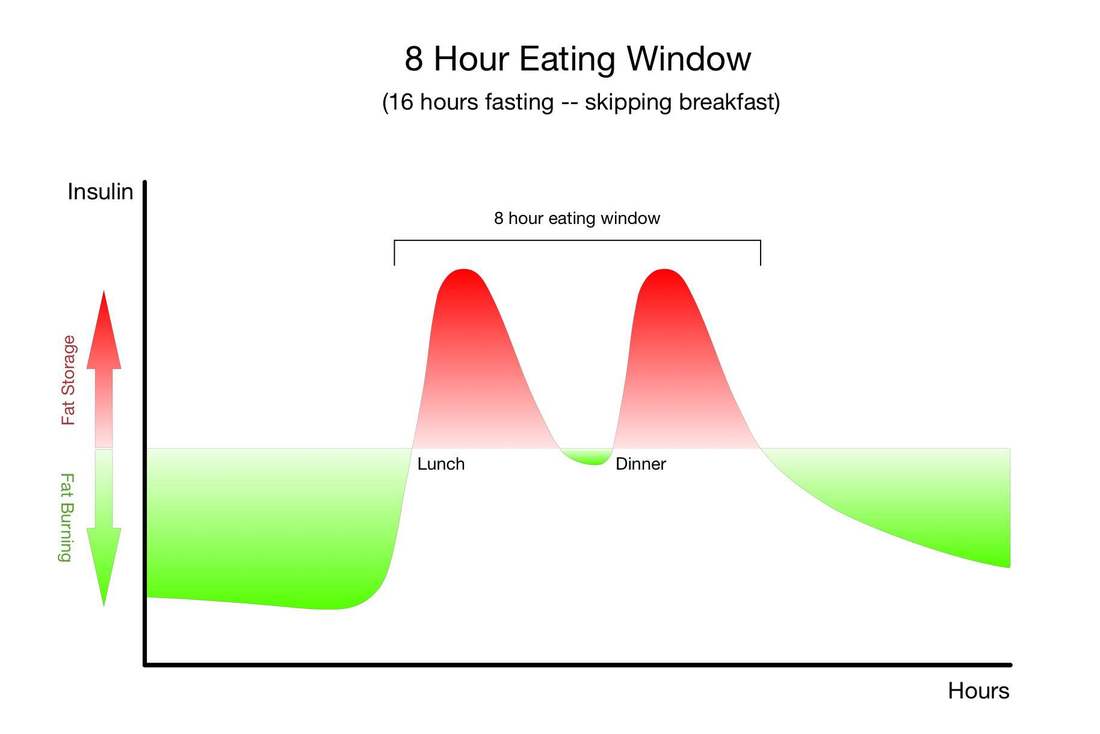
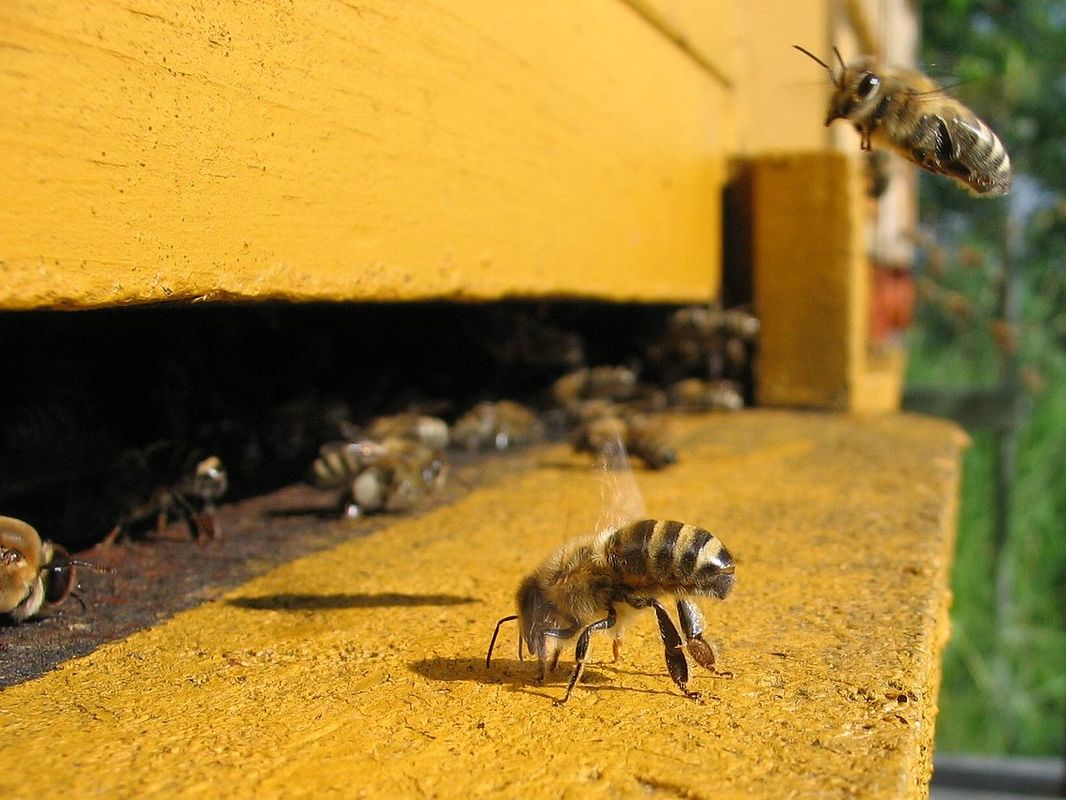
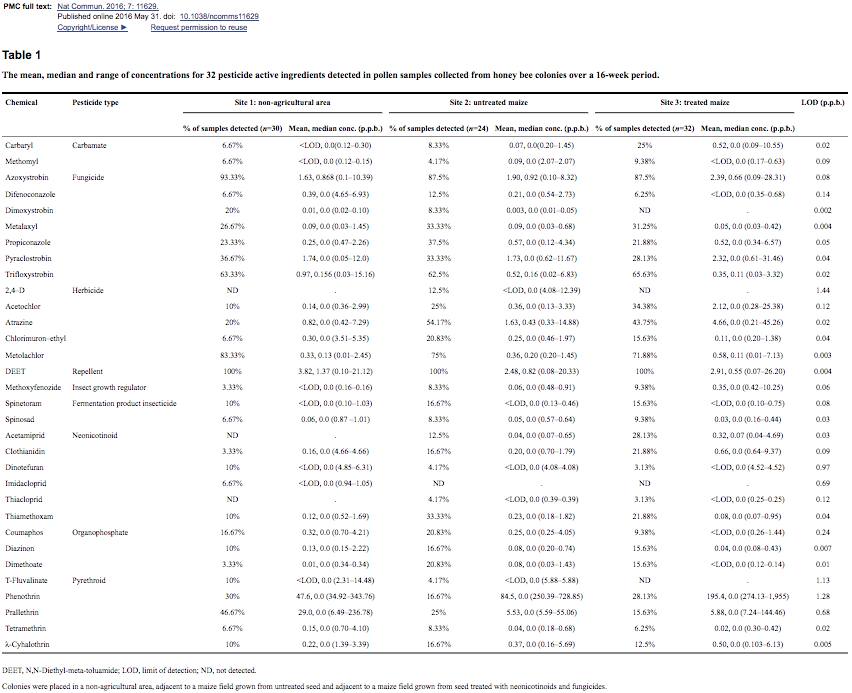

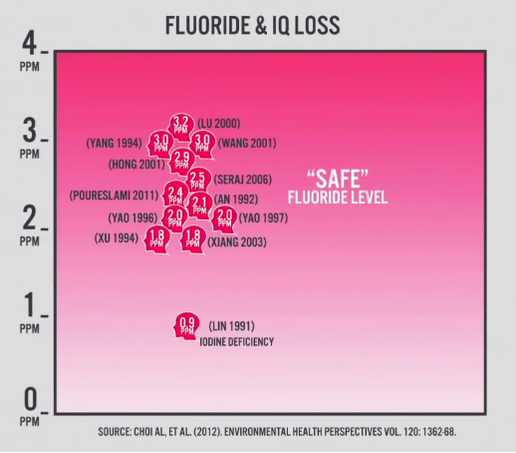
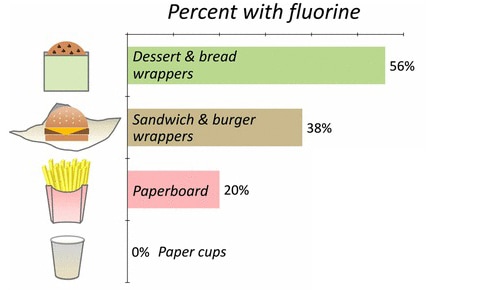
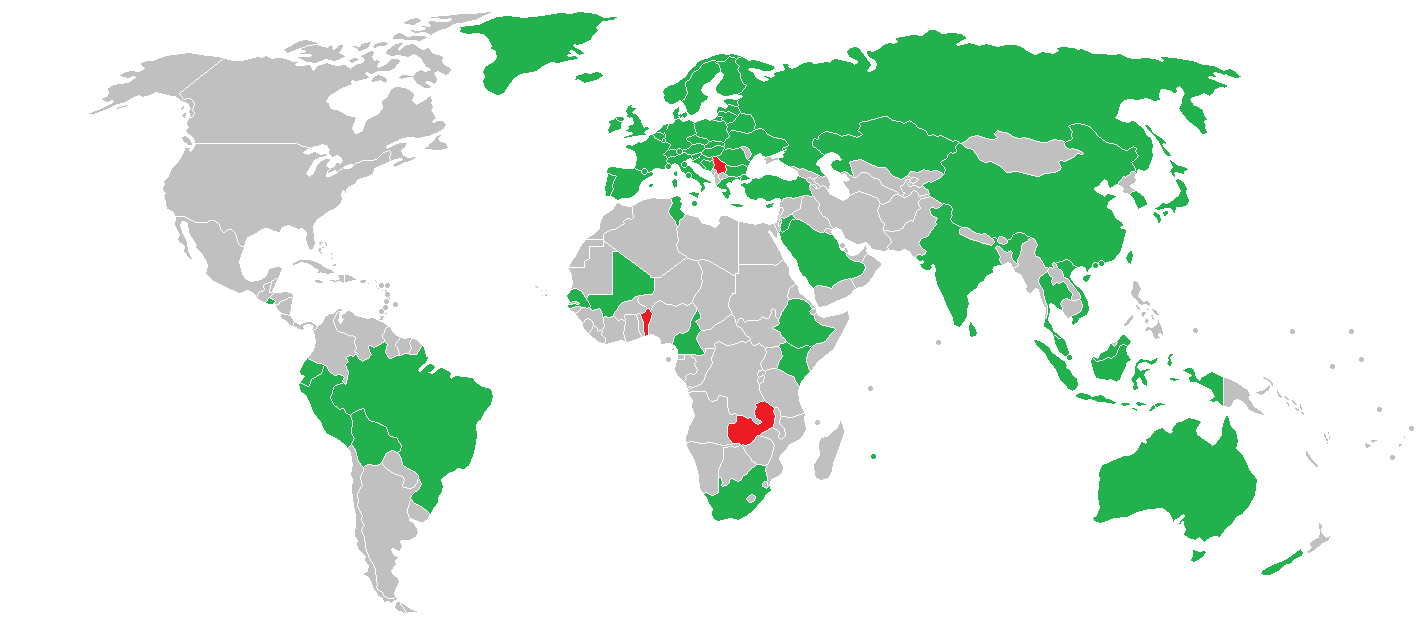

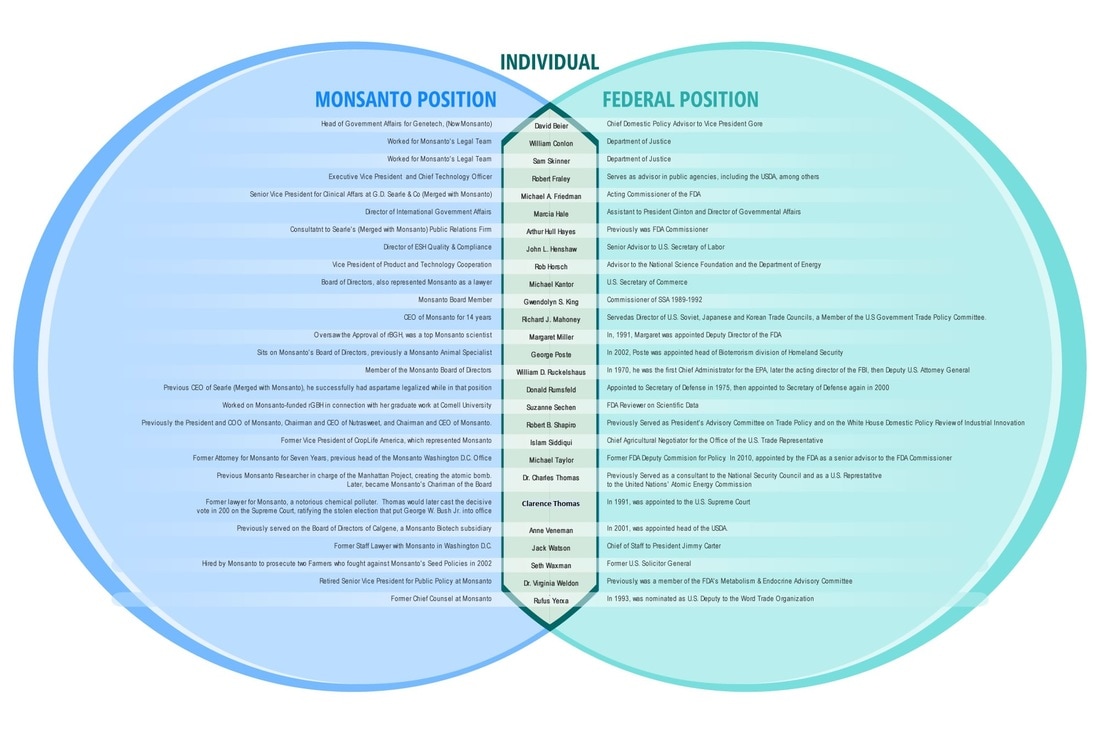
 RSS Feed
RSS Feed

